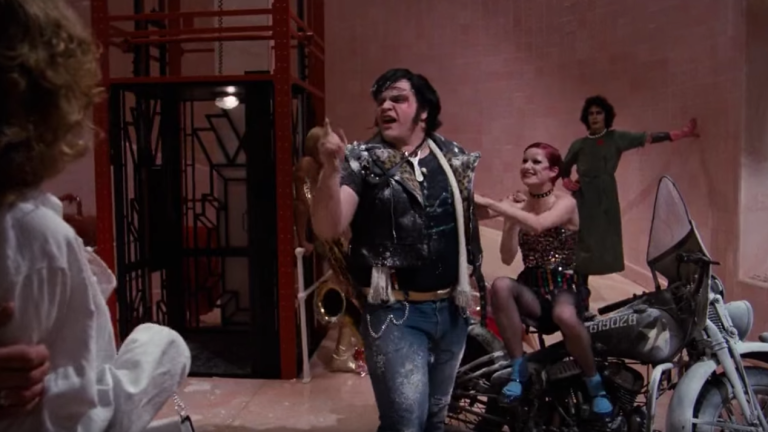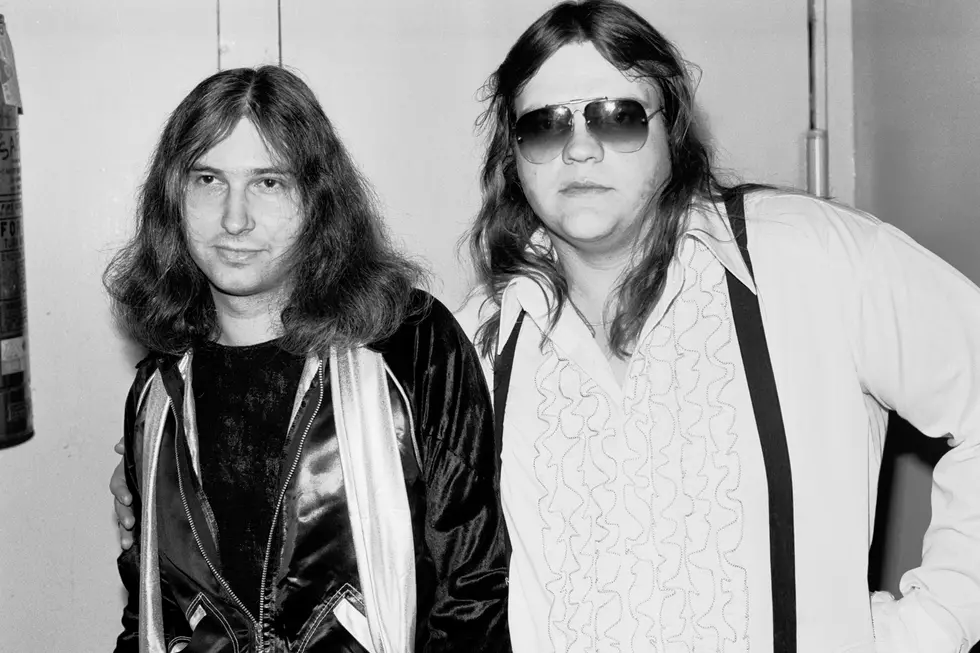They don’t call John Mayall “The Godfather of British Blues” for nothing. If you’ve paid attention to the blues legend, which I admittedly haven’t as much as I probably should have as somebody who digs the blues, you realize the now-88-year-old has been on an incredible late-stage career roll. Between 2014 and 2019, Mayall has released four albums and just came out with yet another one. Of course, at the end of the day, it’s not only about quantity but more importantly, it’s about quality. In my book, Mayall sure as heck continues to deliver on both!
The Sun is Shining Down, which appeared last Friday, January 28 via Forty Below Records, is Mayall’s close-to-70th record overall, including his releases with The Bluesbreakers. Even if you leave out the live and compilation records, you still easily get to 50-plus albums, which have come out over a 57-year recording period. The picture below taken from Mayall’s website captures his remarkable catalog.

Sure, The Sun is Shining Down, is blues and there are only so many ways you can play the blues. While as such it’s fair to say Mayall doesn’t reinvent the genre, he still has a couple of surprises up his sleeve, which I will get to when taking a closer look at some of the album’s tracks. Mentioning the guest artists may give you a hint or two: Mike Campbell (formerly with Tom Petty and the Heartbreakers), Marcus King, Buddy Miller, Scarlet Rivera, Melvin Taylor and Jake Shimabukuro.
Mayall (vocals, keyboards, harp) is also backed up by his longtime Chicago rhythm section of Greg Rzab (bass) and Jay Davenport (drums), along with Austin-based guitarist Carolyn Wonderland who has been part of Mayall’s band since April 2018. And let’s not forget about the neat horn section featuring Mark Pender (trumpet), Richard Rosenberg (trombone) and Ron Dziubla (saxophone). I’d say ’nuff with background and let’s get to some music, and it’s going to be great!

Here’s the album’s first track, Hungry and Ready, one of six tunes written by Mayall. The remaining four songs are covers. Mayall couldn’t have picked a better opener, which features Chicago blues guitarist Melvin Taylor. The title says it all. Mayall and his backing band clearly were ready to play some sizzling blues, and it all sounds incredibly fresh. The vibe of the tune is somewhere between Muddy Waters’ Mannish Boy and the soulful Sweet Home Chicago, Blues Brothers-style. If you dig the blues, how can you not love this!
Since I previously wrote about the excellent Can’t Take It No More featuring rising roots and blues rocker Marcus King on guitar, I’m skipping it here and go right to I’m As Good As Gone, one of the aforementioned covers. Written by Bobby Rush, the tune was first recorded for his 2011 studio album Show You a Good Time. Mayall’s rendition features Americana artist and guitarist Buddy Miller. Nice!
Next, let’s get to something you don’t frequently hear when it comes to the blues – a tune featuring a violinist playing fill-ins commonly provided by a guitar. And we’re not talking any violinist here, we’re talking Scarlet Rivera, of Bob Dylan’s legendary Rolling Thunder Revue 1975-1976 concert tour. Among others, she played that great violin part on Dylan’s Hurricane. Here’s Got to Find a Better Way, another Mayall composition. The title surely doesn’t refer to the music- check out how cool a violin can sound playing the blues!
Another highlight on the album is Chills and Thrills, a tasty funky tune written by Bernard Ellison as the title track for his 2008 album. You can check out the original here. Now let’s listen to Mayall’s rendition. I think he wisely chose to stay close to the original – why mess with something that’s perfect! This cover features the talented Mike Campbell on guitar. This is some groovy shit with a great guitar solo!
I guess by now you’ve noticed I love this album and could go on and on. The last track I’d like to call out presents another surprise. How ’bout a blues solo played on an electric ukulele? Enter Hawaiian ukulele virtuoso, Jake Shimabukuro. The song is One Special Lady, another tune penned by Mayall. The ukelele solo action starts at around 2:14 minutes. The tune also showcases Mayall’s fine skills on keyboards. Amid all the first-rate artists he has played with throughout his career and, frankly, helped nurture, Mayall oftentimes doesn’t get the credit he deserves as a musician. My only criticism here is Shimabukuro should have been given a bit more room. That ukelele blues action is super cool!
Here’s the entire album pulled from Spotify.
The Sun is Shining Down was recorded in Los Angeles, where Mayall has lived since the late ’60s, at Robby Krieger’s Horse Latitudes studio. And, yep, that’s the Robby Krieger who used to be with The Doors. The album was produced by Eric Corne, founder and president of Forty Below Records. According to his website, apart from Mayall, Corne’s impressive credits include Walter Trout, Joe Walsh, Edgar Winter, Glen Campbell, Lucinda Williams, Nancy Wilson (of Heart) and Krieger, among others.
“I couldn’t be happier with the new record,” said Mayall in a statement. “I can’t wait to share it with my fans. Each one of these special guests brings something unique to the album and our team works so well together. I think you can hear that chemistry in the music.” I couldn’t agree more!
Unfortunately but quite understandably, Mayall separately announced he will substantially scale back his touring schedule, citing the pandemic and his age. Fans will still be able to see him at local shows “and the occasional concert further afield.” Southern California is a bit far for me, but if Mayall will ever return to the New Jersey-New York-Connecticut tristate area or Philadelphia, I’d seriously consider seeing him – unfortunately, I never have. Heck, I might even return to Boston where I saw Neil Young solo in July 2018!
Sources: Wikipedia; John Mayall website; Eric Cone website; Discogs; YouTube; Spotify













